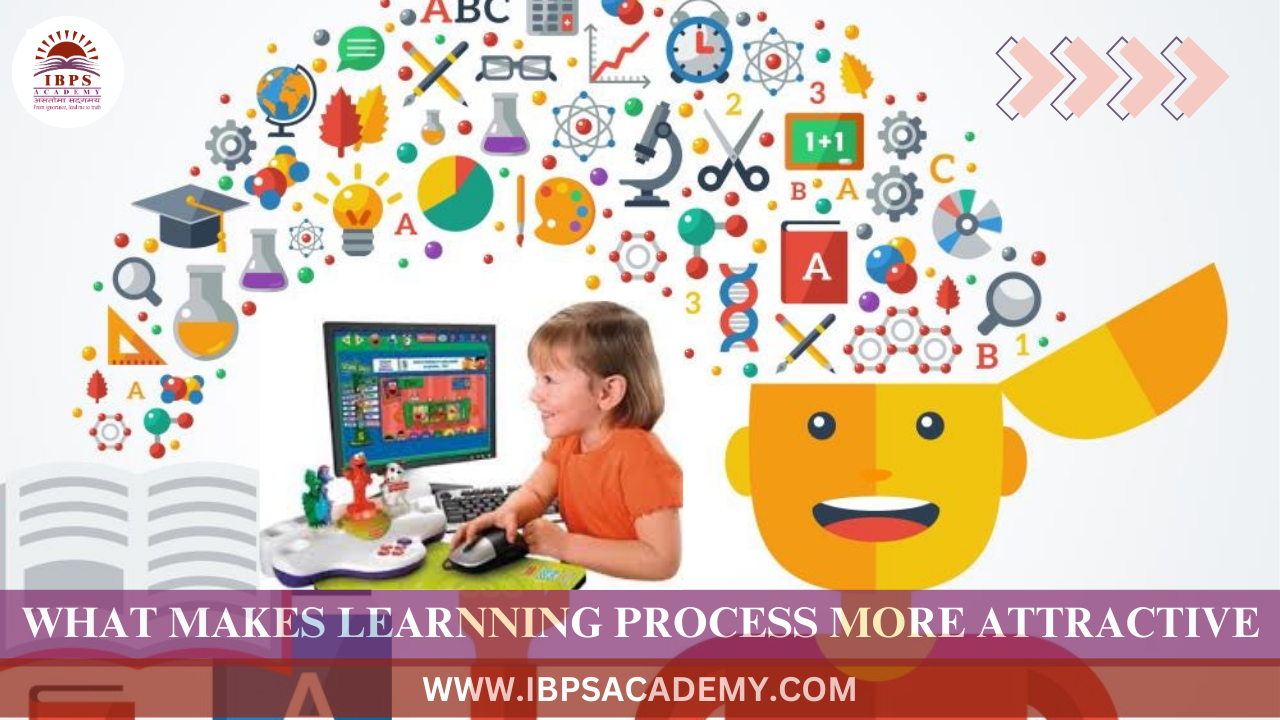

Making the learning process more attractive involves creating an environment that engages, motivates, and sparks curiosity. Here are several key strategies to enhance the appeal of learning:
1. Interactive and Hands-on Activities
- Active Learning: Involve students in discussions, problem-solving, and group work. Activities like debates, role-playing, or simulations make learning dynamic and enjoyable.
- Gamification:Use game-like elements (points, levels, rewards) to turn learning into a fun and competitive experience.
- Experiential Learning: Give learners opportunities to apply concepts in real-world contexts, like field trips or internships.
2. Relatable and Engaging Content
- Personalized Learning: Tailor lessons to students' interests and learning styles. If the content is relevant to their lives or aspirations, they are more likely to engage.
- Storytelling: Use stories to make lessons more relatable. Stories capture attention and help learners connect emotionally with the material.
- Multimedia and Technology: Use videos, interactive apps, simulations, and augmented or virtual reality to make content visually appealing and immersive.
3. Clear Purpose and Goals
- Goal Setting: Help learners understand the purpose of their learning journey. Clear objectives make the learning process more meaningful.
- Progress Tracking: Allow learners to track their progress with assessments, rewards, and feedback. It gives them a sense of accomplishment and encourages persistence.
4. Creativity and Freedom of Expression
- Encourage Creativity: Provide opportunities for learners to express their ideas creatively—whether through writing, art, or projects.
- Flexible Learning Paths: Allow students to choose how they want to learn or solve a problem. The autonomy to explore topics in different ways can boost engagement.
5. Collaborative Learning
- Group Work and Peer Interaction: Social interactions and teamwork can make learning more enjoyable and provide diverse perspectives.
- Peer Teaching: Encouraging learners to teach others helps reinforce their own understanding and builds confidence.
6. Positive Reinforcement
- Feedback and Encouragement: Constructive feedback and recognition of efforts boost learners' self-esteem and motivation.
- Celebrating Achievements: Recognize milestones or small victories, which can keep learners motivated and inspired.
7. Variety and Pacing
- Varied Teaching Methods: Change the teaching approach frequently to avoid monotony—switch between lectures, hands-on work, multimedia, etc.
- Pacing: Keep lessons at a pace that suits the learners, allowing them to absorb and process information without feeling overwhelmed.
8. Building a Positive Learning Environment
- Safe and Supportive Atmosphere: Learners should feel safe to take risks, make mistakes, and express themselves without fear of judgment.
- Encouragement of Curiosity: Cultivate an environment where asking questions is encouraged, and learners feel confident in exploring new ideas.
9. Real-World Applications
- Connecting Learning to Real Life: Demonstrating how academic concepts apply to the real world makes the content feel more practical and valuable.
- Problem-Based Learning: Encourage learners to solve real-world problems, which can increase their motivation and make learning more meaningful.
By integrating these strategies, learning becomes not only more attractive but also more effective and memorable.
